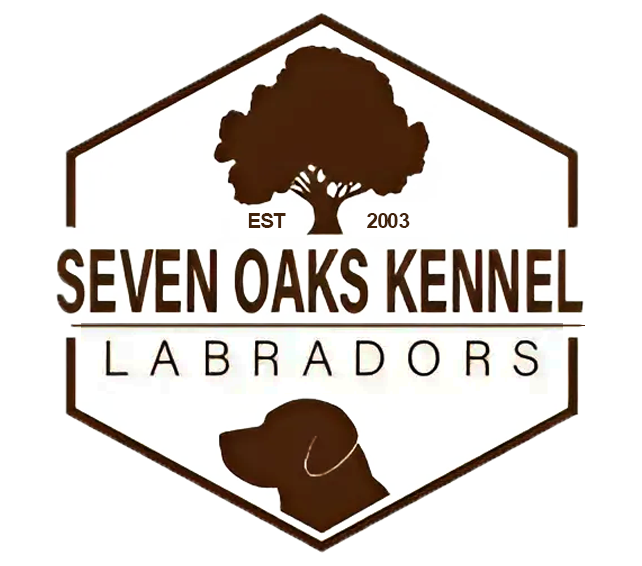Dog and Puppy Training
Request Service
Hero Request Form
Training Services Tailored for Your Canine Companion
At Seven Oaks Kennel, we provide comprehensive training services designed to meet the unique needs of your dog. Situated in the serene environment of Spring Branch, TX, our 14-day program ensures your pet receives the best care and training.
With over 21 years of experience, our family-owned business offers a variety of affordable training services to help your dog become well-mannered and obedient:
- Owner training included
- Boarding and food included
- 24-hour dog care
Call or text us today to enroll your dog in our training program.
Experienced Professional Dog Training
Training your dog is essential for a harmonious relationship. At Seven Oaks Kennel, we understand the importance of a well-trained pet and offer a structured 14-day program. Here’s why our training services are beneficial:
- Boarding and food included
- Owner training included
- Experienced trainers
Reach out to us to learn more about our training services.
Key Benefits of Choosing Seven Oaks Kennel
Our training services are designed to ensure your dog receives the best possible care and attention. Here’s what sets us apart:
- Owners live on-site for 24-hour care
- Remote location but budget-friendly services
- Over 21 years of experience
- Affordable pricing
- Family-owned and operated
- Remote yet affordable location
Contact us to get started with our exceptional training services.
Contact Us
Ready to provide your dog with the best training available? Request service from Seven Oaks Kennel today. Our team is here to help you and your dog achieve success.



Share On: